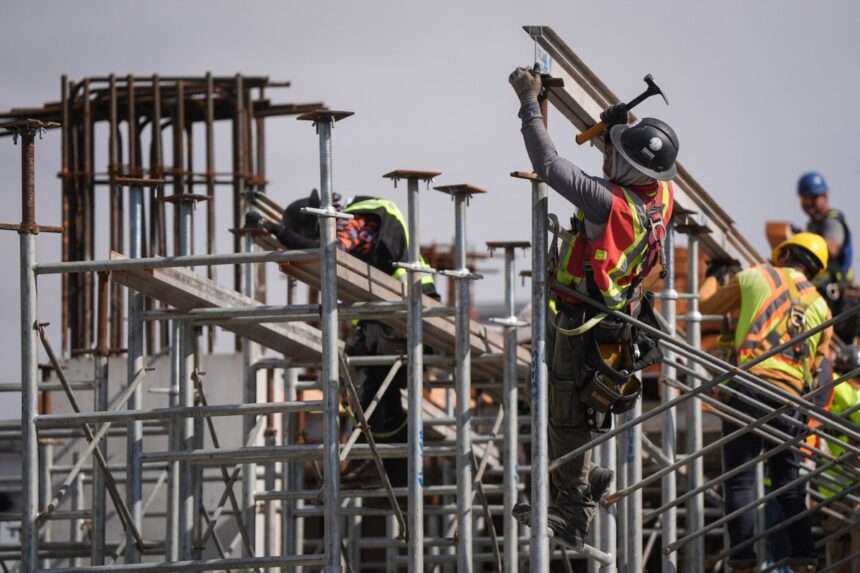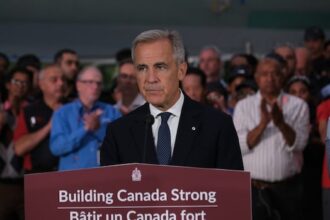The tide may finally be turning for Canadian workers after years of stagnant wages. A new report from the Conference Board of Canada suggests that Canadians could see meaningful salary increases in the coming years as the federal government’s recent recalibration of immigration targets begins to take effect across the labor market.
For nearly a decade, wage growth in Canada has struggled to keep pace with inflation, creating financial pressure on households nationwide. This trend occurred despite historically low unemployment rates that would traditionally signal upward pressure on compensation. According to the Conference Board’s analysis, the explanation lies largely in Canada’s aggressive immigration policies, which have significantly expanded the labor pool.
“When you flood the labor market with new workers at a pace that exceeds economic absorption capacity, the natural economic outcome is downward pressure on wages,” explains Michael Burt, the Conference Board’s Vice President of Research. “We’re now seeing a policy correction that should benefit existing Canadian workers.”
The federal government recently announced plans to reduce immigration targets for 2025 and 2026, capping permanent resident admissions at 380,000 for each year—a substantial reduction from the previous trajectory. This policy shift represents a significant reversal after Canada welcomed over 500,000 permanent residents in 2023 alone, not counting hundreds of thousands of temporary foreign workers and international students.
Labor market data already shows early indications of this changing dynamic. Statistics Canada reported that average hourly wages increased by 5.2% year-over-year in March, outpacing the inflation rate of 2.9% during the same period. This marks one of the first instances of real wage growth in recent years.
The Conference Board’s report projects that as the labor supply growth moderates, employers will face increased competition for talent, particularly in sectors already experiencing shortages such as healthcare, construction, and specialized technical fields. This competition is expected to drive further wage increases over the next 24 months.
Business groups have expressed mixed reactions to these projections. The Canadian Federation of Independent Business warns that higher labor costs could create challenges for small businesses still recovering from pandemic-related setbacks and inflation pressures. Meanwhile, labor advocates argue that the wage increases are long overdue after years of economic growth that primarily benefited corporate profits rather than worker compensation.
Economic experts note that the relationship between immigration and wages is complex. “Immigration remains vital to Canada’s long-term economic health, particularly as our population ages,” says Mikal Skuterud, economics professor at the University of Waterloo. “The challenge is finding the right balance that supports economic growth while ensuring benefits are widely shared.”
The Conference Board report also highlights regional variations, with wage pressures most pronounced in provinces with tight labor markets like Alberta and Quebec, while remaining more moderate in Ontario where a larger share of immigrants tend to settle.
As Canada navigates this policy adjustment, the key question remains: can the country achieve a balanced approach that maintains economic growth while delivering overdue wage benefits to existing workers? The answer may shape not only economic outcomes but political fortunes in the years ahead.










